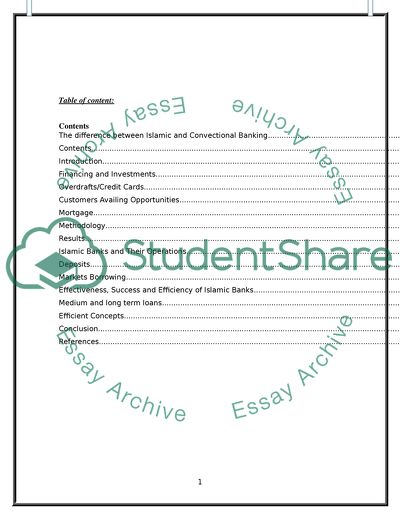Cite this document
(The difference between Islamic and conventional Banks Essay, n.d.)
The difference between Islamic and conventional Banks Essay. https://studentshare.org/finance-accounting/1853854-the-difference-between-islamic-and-conventional-banks
The difference between Islamic and conventional Banks Essay. https://studentshare.org/finance-accounting/1853854-the-difference-between-islamic-and-conventional-banks
(The Difference Between Islamic and Conventional Banks Essay)
The Difference Between Islamic and Conventional Banks Essay. https://studentshare.org/finance-accounting/1853854-the-difference-between-islamic-and-conventional-banks.
The Difference Between Islamic and Conventional Banks Essay. https://studentshare.org/finance-accounting/1853854-the-difference-between-islamic-and-conventional-banks.
“The Difference Between Islamic and Conventional Banks Essay”. https://studentshare.org/finance-accounting/1853854-the-difference-between-islamic-and-conventional-banks.


